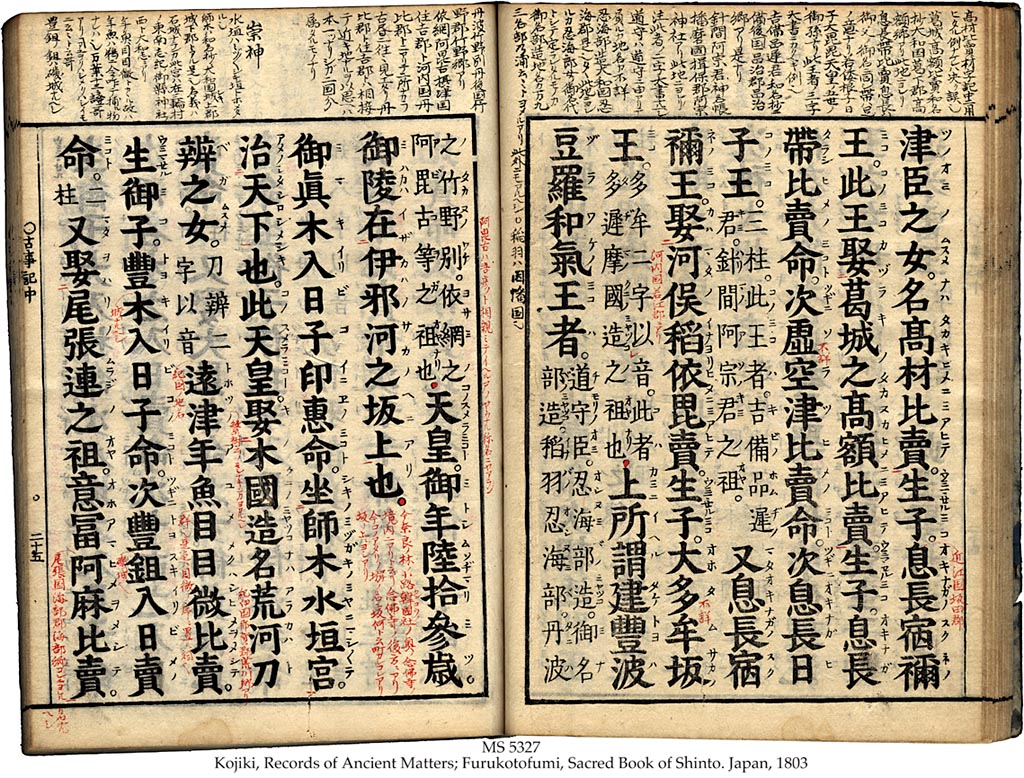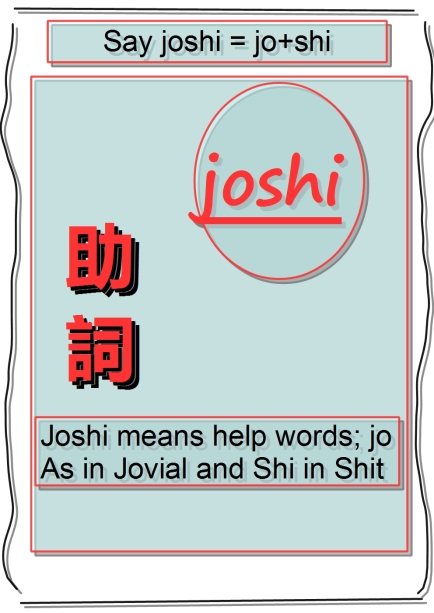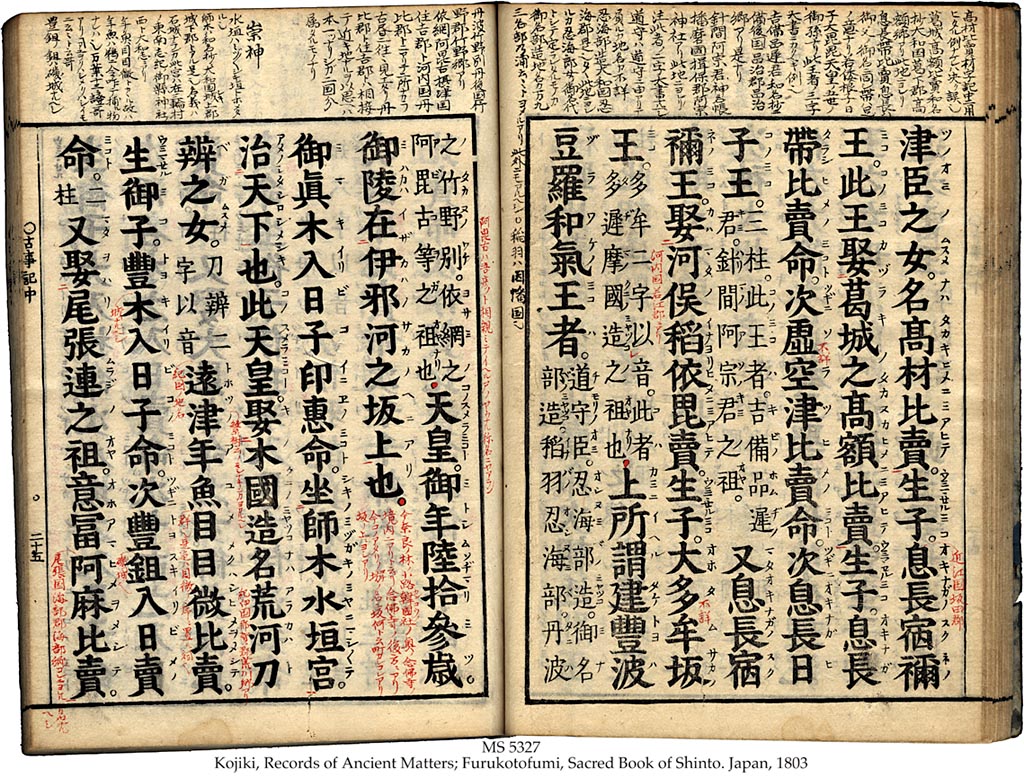A thorough, quite simple and accessible article on a wide connection to science of language. You will find it easy to read and really interesting if you like language facts.
Scientists of the world, of world class credentials, are often bothered by the amount of impurity which is brought forth into the study of science. While some of it may be considered innocent because everyone hears about the ever increasing powers of science and it’s suave methodologies to formidably destroy any wrong depiction of science or it’s ideas, it bothers them how completely ignorant and ridiculous description of many matters are done in the name of science, done with a pride that matches none.
Most of it, creates a very dusty atmosphere, where scientists are toiling hard to make matters clear, the dust sprayer comes and with vengeance, ignorance and competitive arrogance, spreads bad knowledge.
Recently, I had been studying some language, in some details, actually very extensively, and language has always captured my motivation. I believe that language, unlike philosophy, history and very truly: psychology qualifies into the fold of modern science, at-least, as long as the methods of science require. In other words with a little more effort on the part of world scientific community and a concerned world citizen we can move the fruits of language studies to a place where we can eat it’s sweet and nourishing elements. One such example is language translation.
I and everyone who had studied sincerely in high-school, had learned a little bit of transliteration in their native language to English.
Update (21.12.2013): A transliteration is a set of rules how to read a language into English by defining rules for the native languages phonetic elements (such as vowel, consonant, conjugation of vowel and consonants) hence transliteration rules and the native alphabet are connected by a set of rules. A language which does not have a robust native system of alphabet therefore gets way too much of infiltration of foreign linguistic constructs and rules. Whereas check with the image below called KOJIKI, the Japanese system remained almost same since ancient times. UPDATE-ended.
And this ( learning of transliteration rules of Indian languages ) was 20 years ago. Now in the last 1 month when I have come across the beautiful Google Transliteration application on the Google-Labs, it reminds me, how so many beautiful things one can do through such a transliteration from my native Odia to English.
And the knowledge and a uniform methodology is amply visible, because, I don’t know the numerous people that are behind this Google effort that are writing these software. But, when I check, every bit I learned 20 years ago, it amazingly is the same, hidden somewhere in the codes of the software?
Now it all works out. I had also been very strong in my writings and speakings of Hindi but for quite some period when I was involved in my Particle Physics experiments I was still active as long as there was some one to speak to in Hindi. The transliteration rules of Hindi are about similar although they are NOT same. But to be noted is the fact, that; one must strive towards one transliteration, one alphabet and one dictionary for all of India, say in 15 to 20 years.
Yes, for all of India, don’t get shocked, we have almost the same letters, grammatical rules, symbols for most language. Why we need 20 alphabets, all our efforts to match with world science of language is then reduced 20-fold or more, at-least 20 times that is (if we are to have 1 alphabet). We have never seriously tried to understand our set of languages. I believe from my experience that, countries like China and Japan have tried to approach their languages with a similar robustness as that of the world standard.
Why else they have, with similar history lines of Asiatic order and variety, enjoying the fruits of a few languages where as we are riddled with 20 languages and 700 dialects? I think we just always loved to boast about number and size, little understanding that, ours is also an intrinsically uniform system that will at-best produce a few, say 2 or 3 lines of language streams, not 20.
There is a way to unify it all. It’s called science. Look at Japanese, they have developed 3 alphabet systems and use Roman Alphabet so that makes it 4. Kanji is integrated with Hiragana. Kanji is a pictorial alphabet system originally Chinese. Hiragana takes care of all native words and sounds of Japanese origin. Katakana takes care of the words of Foreign origin. SO in effect there is NO disturbance in the way Japanese linguistic traditions and science were developed and preserved. Check out the image that shows the Japanese literature called: kojiki, a history or chronicle of Japan. The kanji as they were written then (in 8th century AD) is the same as now. Hardly another language (except a few) have that characteristics. If we are to look for language unification such languages must get the privilege and priority and precedence in almost all matters.

In the modern Japanese System of Language called NiHoN-Go or NiPPoN-Go with 4 aforementioned alphabets they have created a robust language science. The internet is filled with knowledge, information & technology of Japanese (= NiHoN-Go or NiPPoN-Go). Hardly such is the case with any Indian Language, including the over flattened and over buttered Hindi.
In the Japanese System or NiHoN-Go one finds several accent and their different formulations and rules are unified in a robust way, I can not resist my temptations to call it very scientific. Their population is about 160 million which is only 4 times that of Odisha with some of the latter’s (that is Odia) linguistic tracts scattered adjacent to Odisha.
But if you read with attention the article I wrote on Japanese-Odia connection (and some of the discussions I have made elsewhere, I will make an attempt to bring here to word-press) you will see that there is a vast connection between Odia and Japanese in particular and Other Indian Languages and Japanese in general. In other words, it gives immense support, for my idea; to propose and formulate one unified scientific Indian language called Bharatiya or something like that.
If we can execute all the language based requirements, such as analysis of all words, of all ancient and concurrent languages, in an authentic way and through a specified pattern of parameters, unite all the vocabulary and rules based on their original creation, create a system that takes care of any ambiguities or confusion or disputes, create an Unified Alphabet that not only gives letter or symbol but also integrates all robust technology and applications into one system then we can have our Bharatiya ready, for all our kids in the next decade.
Now onto what pseudo science is being done in this country or else where regarding language. First of all, let me make one very inconvenient comment about Indian languages. Hindi is considered way too elite for obvious reasons of connection with tinsel town, larger majority, political dynamics etc but it’s negativity aren’t ever highlighted. I try two points.
1. Hindi’s description of gender is ridiculous. It takes the case of neutral gender on a word by word basis which makes it very unattractive. Why use feminine or masculine gender differentiation on neutral genders such as book, car or store. ( No 33% quota here, make it freely decidable? chose your favorite gender ?) The neutral gender objects are infinite in number. Isn’t it a very weakly formulated formula for a language that claims world-standard?
2. Hindi is a recently developed language and is claimed to be an admixture of two (prominent) languages, one of which is mostly foreign. An artificial connection to Sanskrit through it’s adaptation of the Devanagari Alphabet because Sanskrit and all other Indian Languages are ANCIENT.
(Note that later I have diverted from this stance: I do not believe Sanskrit is an actual language any more, its an important analytical understanding of Indianic phonetics and language rules, as I believe now.)
Hindi wants to gain the status of English (?) or other developed world languages, at the cost of all other Indian Languages, by hook or crook, but it’s not at all prepared. Why, should all other languages, be prepared to give up such a privilege with their ancient and robust linguistic traditions and formula?
The history of language trouble in India can be connected to the time when British were ready to give us Swaraj in exchange with our vernacular swaraj-depictions. Let’s say to hell with Imperial mercy. (swaraj is political independence in Indian) We had invented various political ploys to propose ours and dispose others. There was a famous spat of Bengal Vs Odia. I am sure such rifts also happened elsewhere. We all love Hindi, our native speaks, as well as that we are connected to every other Indian and even the world citizen, through our impressive progress. Let’s develop Bharatiya.
As I hinted in the title, here are, the pseudo science of language. Before that I give you an authentic definition of a construct in language called “Particle“, so you can differentiate the fake and pseudo particles from the ones, that are, real and a great carrier of scientific progress.
(my own definition for a particle’s character is “it has variety“, a word may be artificially conjugated but does not form a particle, it might just be a constant such as the one in one of the example that will follow. A particle conjugates (to other linguistic constructs) at infinite places in a language system not just at a few predefined places. A particle therefore is amenable to produce more than one meaning in one language itself and more than that, rotates to multiple meanings in another language)
Here is the link, Real definition of particle in language science:
“Japanese Particles or 助詞 (called joshi in Japanese) play a very important role in forming a Japanese sentence. Particles serve as the links that connect the whole sentence together. Without it, the sentence will become incomplete.

Japanese Particles are actually hiragana characters. (Hiragana as I have said represents native Japanese phonetics that are not represented by kanji and particles are one such example) Most of them (the particles) have several meanings depending on how you use them. If you use a particle wrongly, the meaning of the sentence can be changed totally, and you may mess up with who is the action taker and action receiver in the sentence.”
But why then we should be worried as I said in the beginning of the article that there can be Pseudo-Science:
(check the previous linked article, I am quoting what the author of that article says, here)
“If you want to sound more polite you have can use the particle “जी” (ji). Remember it well! It’s a very important particle, similar to Japanese “さん” (san) or Korean “씨” (sshi) in that it can be glued at the end of a name or title. If instead of “Hello Mr. X” you say “Hello Mr. X-ji” a Hindi native would appreciate it … So, let’s get back to our “yes-no” thingie and see how to use “ji” there:”
It calls “ji” in Hindi a particle. JI (or also wrongly transliterated as jee) is at-best an artificial constant. As far as my knowledge goes this has been done only in Hindi and no other Indian Languages (may be Urdu therefore and all the languages from where Hindi comes from or goes into). I may be incorrect but please feel kind enough to point out if any other language has this and better if it’s an ancient construction.
[eg Odia uses Shri, its perhaps the same thing thats also used in Korean as pointed: shi, the shi and shri and ji are the same thing slightly alternating phonetically but are not particles. Also note that sir and sri might just be from the same origin: honorific of Person/Place/Lord, although sir is used only as honorific of person. Now ji can be used in Odia also but its an infiltration of Hindi ji. also the go as an honorific is used in both Japanese and Odia, as pointed out by me, within ~ 2-3 yrs. But all these honorifics are not particles. Another fact while we are still on this: ji of Japanese may be exactly same as ji of Hindi as honorific of Lord and person. But remember that honorific ji of Japanese is merely a specific application of phonetics ji, which is far more wider than just the person honorific. Ji is wide wide wide in Japanese, its used as time, honorifics to Lord, temple, (therefore person honorific is possible) also its the same ji which is in jin = person. ]
Also this above article here, connects it to Japanese “san“, little knowing the fact that san has various meaning unlike Ji which has a fixed meaning and Ji represents a person, always, that is Ji is never used towards organizations or a structure. In Japanese san means: 1. an honorific to a person, like Ji. 2. Mountain 3. number three = 3.
Neither is San like Ji a particle in Japanese as pointed out by the author of this “wikibooks” article linked above. A particle can combine to verbs, nouns, adjectives etc not just a namesake, it has infinite partners therefore in an invisible language space because it works on or gets worked by true linguistic constructions not just a name or a person or God!! (God Ji)
True examples of particles in Hindi are
1. “to” ( i. to me-i-ne u-se de di-ya, ii. aa-o to, iii. aa-e-gaa to de de-n-ge)
2. “se” (me-i-ne us se li-ya, tum se naw-hi-n)
3. “ne” (tum ne mu-jh-e 5 baw-je mi-l-ne ko kaw-ha thaa) NE of Hindi is like WA of Japanese Language.
4. “ko” (ji-s ko bo-laa jaa-e waw-hi kaw-re-ga) It’s counterpart is Japanese particle “ni” and in some cases “e“, Odia Particle “ku” and “e” represent Japanese “ni“and “e” (which can sometimes be used interchangeably)
Not just Hindi, in NO Indian Languages particles have been studied (or even defined so far as I know, so far) extensively, as far as I know. Perhaps zero substantial research has been done. But a point in making is how congruently Odia Particles are equal to Japanese Particles ?, I have given examples in the long article I wrote on translation from Japanese to Odia.
Another pseudo science article I found by random coincidence.
Look how it says, in Japanese “na-i” = yes, “Ii-e” = No, what is correct? in both cases it is NO.
By the way as a candy I give you a link to this following website, very interesting, I didn’t use it, but I believe you will find it useful.
Now I am tired and I must go to bed…

Leave a comment